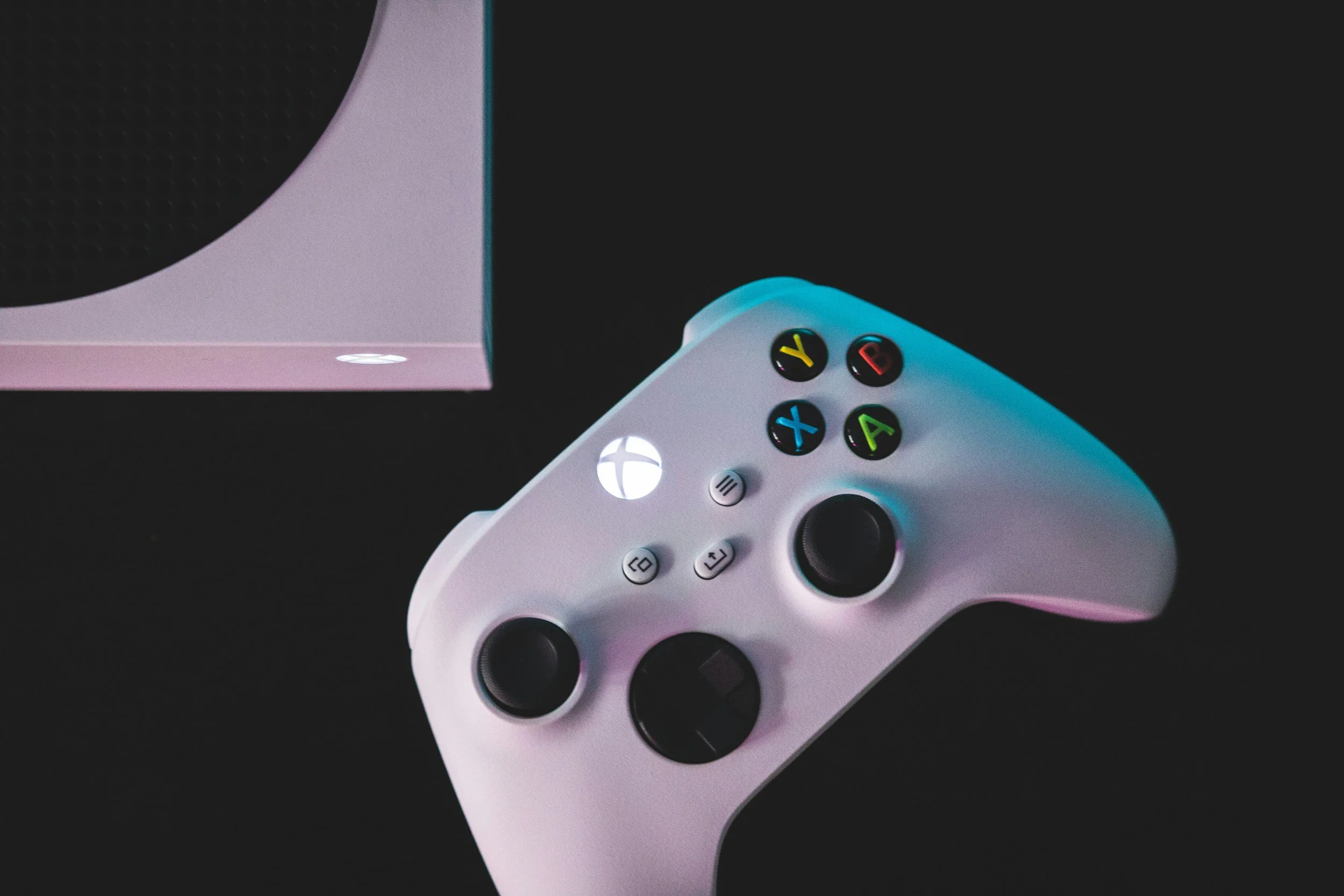Game Pass Just Became Its Own Game… Backlog Simulator
Players and critics often call Xbox Game Pass the "Netflix of games," a convenient shorthand for a vast, all-you-can-eat digital library. But as the service has matured, that comparison feels increasingly inadequate. In practice, Game Pass has become something else entirely: a backlog simulator. The endless scroll of titles, the constant influx of day-one releases, and the quiet departure of hidden gems have created a new meta-game for subscribers. Microsoft’s revolutionary service is changing how we consume games—shaping not only what we play, but how we think about value, time, and the ever-present guilt of an unplayed library. It doesn’t just offer games; it gamifies the backlog itself.
The Rise of the Subscription Model
The subscription model was a revolution that came to gaming relatively late. While Spotify and Netflix fundamentally altered the music and film industries by replacing ownership with access, gaming clung to its premium-price, single-purchase model. Early attempts like EA Access were limited in scope. It wasn't until the launch of Xbox Game Pass in 2017 that the paradigm truly shifted. Offering hundreds of titles, including Microsoft's own blockbuster first-party games on the day of their release, the economic proposition was undeniable: for a monthly fee, players gained access to a rotating library worth thousands of dollars. It was an incredible deal, but one that came with unforeseen psychological costs.
The Psychology of Infinite Choice
Humans crave choice, but psychologists have long understood that too much of it can be paralyzing. In his book The Paradox of Choice, Barry Schwartz argues that an overabundance of options can lead to anxiety, indecision, and dissatisfaction. This is the core dilemma of the Game Pass subscriber. In the traditional gaming landscape, purchasing a £60 title was an act of commitment. The financial investment created a psychological incentive to see it through, to justify the cost by extracting every ounce of value. Game Pass removes this friction entirely. A player can download a 100-hour RPG, try it for twenty minutes, and abandon it without a second thought. The psychology of "ownership" has been replaced by a culture of sampling. Instead of savoring a single, expensive meal, players wander through an infinite buffet, tasting everything and finishing nothing. The result is paradoxical: a service that should theoretically help players clear their backlogs instead creates an infinite one. You will simply never get through it all.
The Economics of Engagement
This dynamic aligns perfectly with the economics of engagement that drive subscription services. Microsoft doesn't necessarily need players to finish Starfield; it just needs them to remain subscribed. The key metric is no longer unit sales but time spent on the platform. This marks a fundamental departure from the traditional model, where publishers relied on the initial sales surge. For smaller, independent developers, this shift has been a lifeline. Game Pass lowers the barrier to discovery, allowing creative "AA" titles like Hi-Fi Rush or Pentiment to find audiences that might have balked at a premium price tag. It provides exposure and a guaranteed payout from Microsoft, de-risking ambitious projects. The downside, however, is the looming risk of a content glut. As developers compete for attention in a crowded library, there is a danger they will begin designing for "Game Pass trial appeal"—prioritizing flashy hooks in the first fifteen minutes over long-term depth, creating games that are easy to start but difficult to love.
The Backlog Becomes the Game
This environment has solidified Game Pass's role as the ultimate backlog simulator. The experience is reminiscent of the infamous Steam sales, where players would amass dozens of heavily discounted games they had no genuine intention of playing. But Game Pass introduces a new, anxiety-inducing twist: your backlog has an expiration date. The library is not static; games are constantly being added and removed. This creates a powerful sense of FOMO (fear of missing out), pressuring players to try titles before they disappear. The feeling of "not keeping up" is relentless. When a massive title like Starfield drops, it commands the cultural conversation, pushing countless other games into the digital shadows. Smaller gems like Citizen Sleeper or Outer Wilds are often discovered by word-of-mouth, sometimes just as they are about to leave the service, forcing a frantic rush to play them.
From Completionist to ‘Game Pass Tourist’
This constant churn is fundamentally altering player behavior. For many, sampling has become the dominant playstyle. The goal is no longer to "beat a game" but to "experience a game enough." Completionism is in decline, replaced by a desire for breadth over depth. Community conversations are shifting away from shared, in-depth analyses of a few major releases and toward a more fragmented discussion of what everyone is currently trying. This has given rise to the "Game Pass tourist," a type of player who treats the service like a social media feed, dabbling in short bursts of constant novelty before moving on to the next shiny object. They are not invested in any single world but are perpetually browsing the multiverse of interactive entertainment.
Reshaping the Industry
The industry-wide impact of this shift is only beginning to be understood. For Microsoft, the subscription model provides a stable, predictable revenue stream that insulates its ecosystem from the hit-or-miss nature of individual game releases. For third-party developers, the relationship is more complex. While the exposure is invaluable, there are legitimate concerns about the potential devaluation of games in the long term and an unhealthy dependency on a single platform holder. This could lead to a stratification of the market, where "Game Pass games" are optimized for broad, surface-level appeal, while "prestige releases" outside the service maintain their premium status by offering unparalleled depth and polish. The parallels to Netflix are clear: a massive back catalog of content, a few must-watch originals, and a constant, overwhelming churn.
Is Backlog Anxiety the New Meta-Game?
In the end, the most fascinating game on Game Pass may be the meta-game of managing the backlog itself. For many subscribers, the ritual of browsing, curating, installing, and uninstalling has become a primary form of engagement. The popular memes about scrolling through the Game Pass library for an hour only to give up and watch YouTube instead are rooted in a shared reality. Microsoft's UI seems to lean into this, with recommendations and categories designed to keep you browsing, sampling, and adding to your ever-expanding "Play Later" list. The ultimate irony of Game Pass is that a service marketed as the best value in gaming may, in fact, be most effective at highlighting the profound scarcity of a player's free time.
Simply put
Game Pass doesn't just offer a collection of games; it has transformed the very concept of a backlog from a private list of shame into a public, gamified experience. It is a perfect reflection of modern digital life: a state of perpetual abundance, choice overload, and the fear of missing out. It forces a crucial question upon players: is gaming about the depth of finishing a few beloved titles, or the breadth of experiencing as many as possible? For the industry, the question is even more critical: will game design itself shift to favor the fleeting, surface-level hooks that feed the insatiable appetite of subscription economics? Game Pass is, without question, one of the best deals in the history of the medium. But in solving the problem of cost, it may have inadvertently turned our collective backlog anxiety into the biggest game of all.





